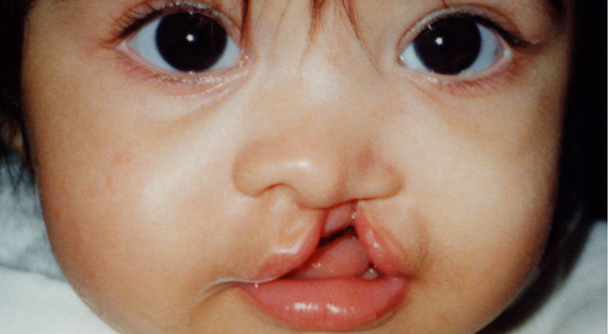Would you like to have a clearer picture of the new EU pharmacovigilance legislation? Do you wonder how patients can be better involved in a process so crucial for the safety and high quality of medicines? Have a look at the resources EPF have developed: the EPF “toolkit” includes a set of recommendations and guidance on the new EU legislative framework. The guidance is designed primarily for patient organisations and decision makers, with relevance for other health stakeholders, too.
What is pharmacovigilance? Why is it important? Pharmacovigilance is a system designed to monitor the safety of medicines after they have been authorised to be used or sold in parts or in all of the EU. It plays an important role in public health and protection of patients’ safety.
Before being authorised and coming to patients, medicines are tested in clinical trials: however trials are necessarily limited in time and in number, and patients involved in them are selected according to certain criteria. Thus, trials are an ‘artificial’ environment: they are not representative of real-life use. Once on the market, medicines are used by a far greater number of people, in different circumstances. Furthermore, some side effects can emerge only after a prolonged period of use. For this reason it is crucial to continue monitoring and collect as much information as possible on how medicines work in real-life settings.
Why are patients central to the pharmacovigilance system? One essential pillar of pharmacovigilance is the reporting of side effects of medicines (or adverse drug reactions) by patients to their healthcare professionals. Reporting is crucial: adverse drug reactions are estimated as the fifth largest cause of deaths in hospital.[1] Moreover, it brings further knowledge that is crucial for the safe use of a medicine and if new risks are discovered, a range of actions can be taken by competent authorities to ensure patient safety. Yet both patients and healthcare professionals are currently underreporting: only around 10% to 25% of all adverse reactions are reported.[1]
Why EPF guidance and recommendations? EPF was very active in providing a patients’ perspective in the 2008 European Commission’s legislative proposals on pharmacovigilance, which were finally adopted at the end of 2010. We participated in many internal and external debates, and worked with key stakeholders and decision-makers to ensure the final legislation would improve patient safety and the quality of medicine.
We were successful: the new pharmacovigilance legislation is promising in many respects. In particular, it will allow direct patient reporting of suspected adverse drug reactions, and it gives the public access to more information on safety of authorised medicines through the creation of national medicines websites and the Eudravigilance database.
The new legislation also offers opportunities for patient organisations to be involved at national and EU levels. The implementation by Member States of this legislation and, we believe, the way they will engage with patient organisations, is essential to deliver on its promise.
Our guidance for patient organisations gives an overview of the different aspects of the new EU pharmacovigilance legislation that are important for patients. Our recommendations for a patient-centred implementation aim at encouraging the development of a strong, open and transparent pharmacovigilance system that ensures the confidence of patients, health professionals and regulators alike, throughout the EU.
Through these resources, we hope to contribute to building a patient safety culture, where all actors including patients work together, and which encourages openness and transparency around adverse events to better prevent them.


